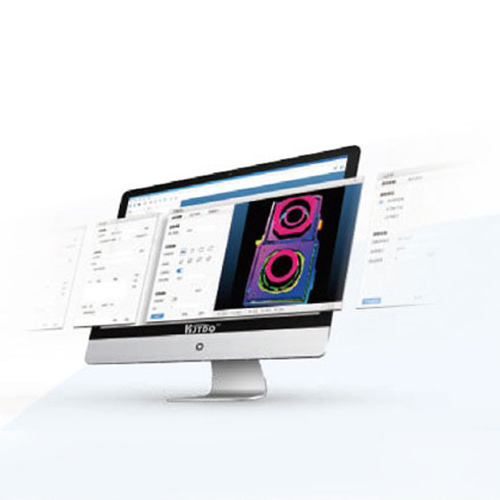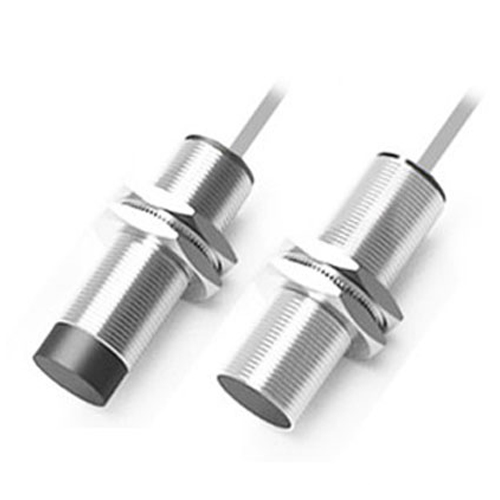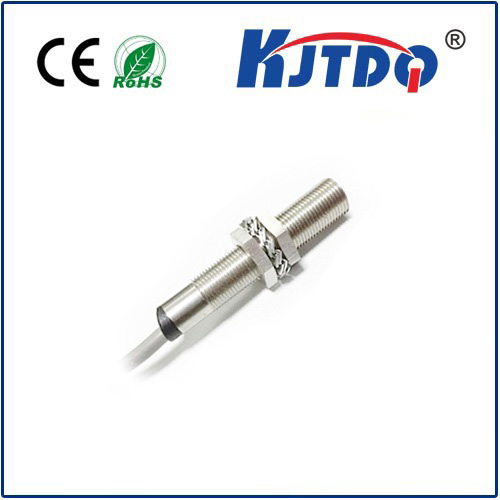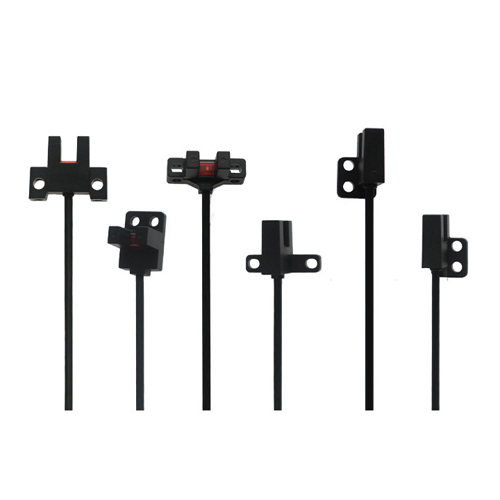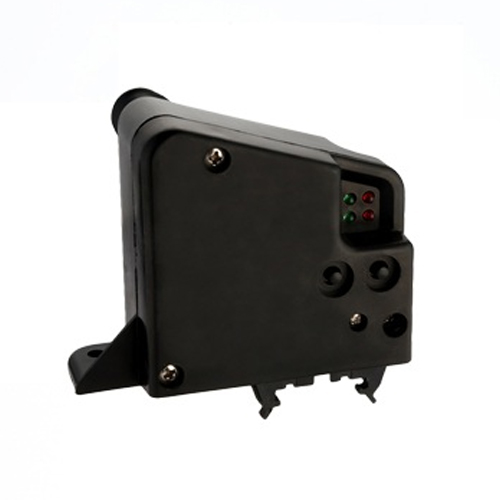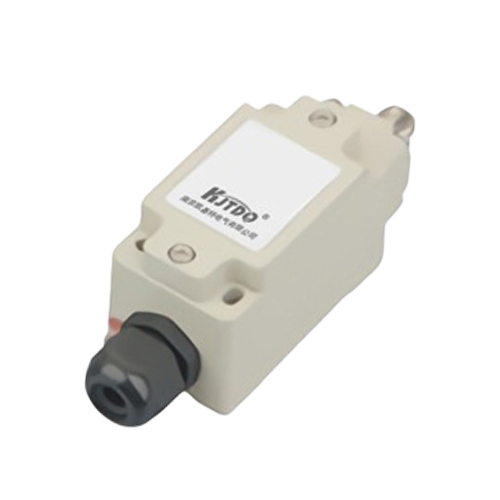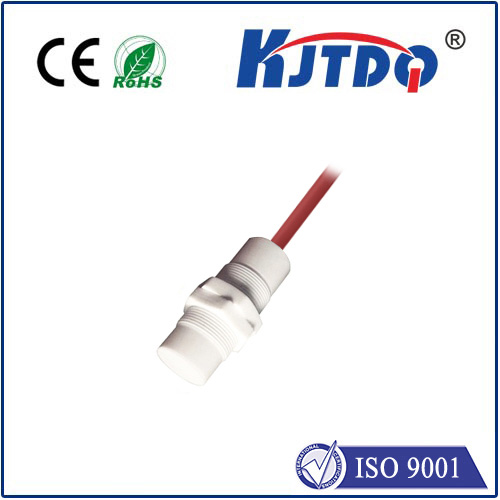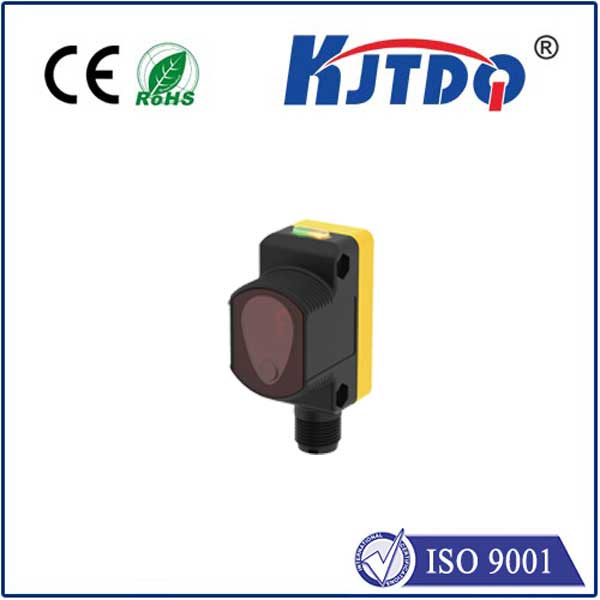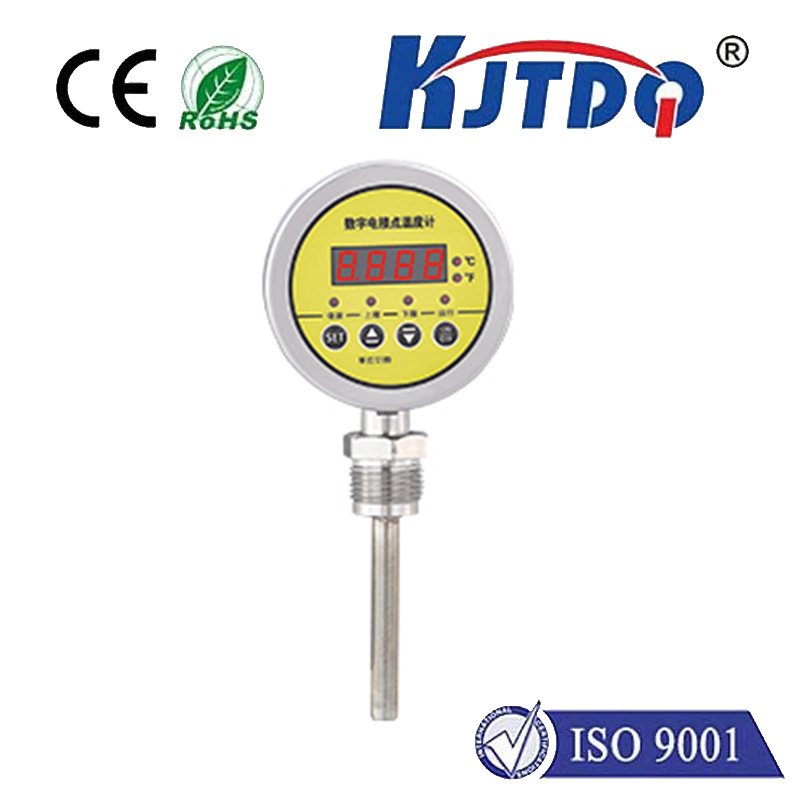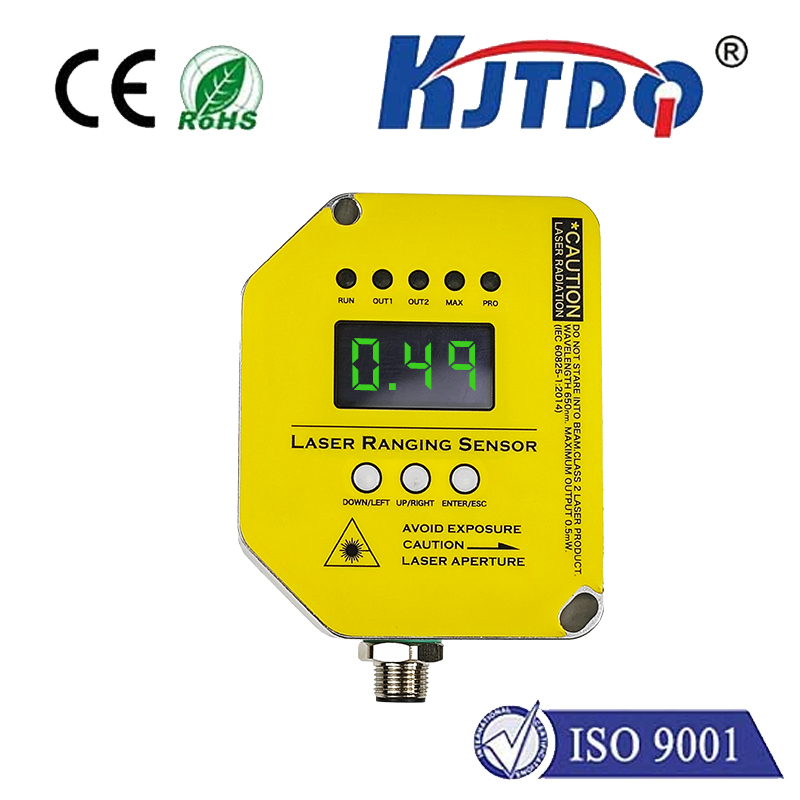ir photodiode sensor
- time:2025-08-14 16:05:51
- Нажмите:0
Seeing the Unseen: The Essential Guide to IR Photodiode Sensors
Invisible to the human eye, infrared (IR) light permeates our world, carrying information hidden in plain sight. From the warmth radiating off a cup of coffee to the signals from your TV remote, this ‘invisible light’ holds the key to countless sensing applications. Capturing and interpreting this crucial data is the domain of specialized sensors, and among the most fundamental and widely used are Infrared (IR) Photodiode Sensors. These compact, efficient devices are the silent workhorses translating the infrared spectrum into actionable electrical signals, powering innovation across industries.
Understanding the Spectrum: More Than Just Heat
Before delving into the sensor itself, it’s vital to grasp the context. The electromagnetic spectrum encompasses a vast range of wavelengths. IR light sits just beyond the red end of the visible spectrum we can see, typically defined as wavelengths from approximately 700 nanometers (nm) up to 1 millimeter (mm). While often associated solely with heat (thermal radiation), IR covers a much broader range:
- Near-Infrared (NIR): (700nm - 1400nm) Closest to visible light. Used in remote controls, optical communications, some proximity sensors, and spectroscopy.
- Mid-Infrared (MIR): (3µm - 8µm) Contains strong molecular absorption bands, crucial for gas sensing and thermal imaging of moderately warm objects.
- Far-Infrared (FIR): (8µm - 15µm+) Primarily associated with thermal radiation emitted by objects at room temperature. Used heavily in passive thermal imaging and non-contact temperature sensing.
An IR photodiode sensor is specifically tuned to detect photons within one or more of these IR bands.

The Photodiode: Heart of the IR Sensor
At its core, an IR photodiode is a semiconductor device, typically made from materials like Indium Gallium Arsenide (InGaAs) for NIR or Lead Sulfide (PbS) for MIR, although Silicon (Si) can also detect NIR. Its operation relies on the fundamental photoelectric effect.
Here’s a simplified breakdown of its working principle:
- Structure: It consists of a PN junction – where P-type (positively charged) and N-type (negatively charged) semiconductor materials meet.
- Reverse Bias: Usually, the photodiode operates under a reverse bias voltage. This widens the ‘depletion region’ at the PN junction.
- Photon Absorption: When infrared light (photons) with sufficient energy strikes the photodiode within its sensitive spectral range, it can be absorbed by the semiconductor material.
- Electron-Hole Pair Creation: Absorption of a photon excites an electron from the valence band to the conduction band, creating an ‘electron-hole pair’.
- Current Flow: Under the influence of the reverse bias electric field across the depletion region, these charge carriers (electrons and holes) are swept apart. This movement constitutes a measurable electrical current – the photocurrent.
- Signal Output: This photocurrent is proportional to the intensity of the incident IR light hitting the photodiode. This current signal is the output of the sensor.
Key Characteristics: What Makes an IR Photodiode Sensor Tick
Several critical parameters define the performance and suitability of an IR photodiode sensor for a specific application:
- Responsivity ®: Measured in Amperes per Watt (A/W), this indicates how much electrical current is generated per unit of incident optical power. Higher responsivity signifies greater sensitivity to the IR light.
- Detectivity (D*) and Noise-Equivalent Power (NEP): These interrelated metrics define the sensor’s ability to detect very weak IR signals. Detectivity represents the signal-to-noise ratio normalized to sensor area and bandwidth. Lower NEP (the minimum detectable power) indicates better performance for low-light applications.
- Spectral Response Range: This defines the specific wavelengths of IR light the photodiode can detect effectively. Choosing a sensor with a response range matching the IR source (e.g., an 850nm IR LED for a proximity sensor) is crucial.
- Response Time: The speed at which the photodiode reacts to changes in IR light intensity. Crucial for high-speed applications like data transmission (optical communications) or fast-moving object detection.
- Active Area Size: The physical size of the light-sensitive region. Larger areas collect more light (higher signal, potentially lower NEP) but may have slower response times and higher capacitance.
- Dark Current: The small current that flows through the photodiode even in complete darkness. Lower dark current is essential for precise low-light measurements.
Building an Effective Sensor: More Than Just the Diode
While the photodiode is the core sensing element, practical IR sensor implementations often involve additional components:
- Optical Filters: Essential for blocking unwanted visible light and selecting the precise IR band of interest (e.g., a bandpass filter for gas sensing at a specific wavelength). This dramatically improves signal-to-noise ratio.
- Lenses/Windows: Used to focus IR radiation onto the photodiode’s active area or protect it from the environment.
- Signal Conditioning Circuitry: The tiny photocurrent (often nanoamps or microamps) generated by the photodiode needs significant amplification and often conversion to a useful voltage signal. Transimpedance amplifiers (TIAs) are commonly used for this purpose. Signal filtering may also be applied to reduce noise.
- Housing: Provides mechanical protection, environmental sealing (important for reliability), and sometimes electromagnetic shielding.
Where IR Photodiode Sensors Shine: Diverse Applications
The unique ability of IR photodiode sensors to convert invisible IR light into electrical signals makes them indispensable in numerous fields:
- Proximity and Presence Detection: Ubiquitous in smartphones (auto screen off), appliances (automatic faucets, soap dispensers), and industrial automation (object counting, position sensing). Paired with an IR LED emitter.
- Remote Control Systems: The receiver in TV, AC, and stereo remotes is almost always an IR photodiode sensor tuned to the specific modulation frequency of the remote’s emitter.
- Промышленная автоматизация: Object detection on assembly lines, bottle/can counting, level sensing in tanks (especially for opaque liquids), and safety light curtains.
- Optical Communications: Used in IrDA (Infrared Data Association) ports (less common now) and fiber optic receivers (where IR light propagates through the fiber).
- Smoke Detection: Some advanced smoke detectors use an IR LED and photodiode pair; smoke particles scatter the IR beam, reducing the signal reaching the photodiode, triggering an alarm.
- Spectroscopy: Crucial components in instruments analyzing the absorption or emission of IR light by materials (gas analyzers, chemical process monitoring).
- Pulse Oximetry: While often using LEDs, the detectors are photodiodes sensitive to specific IR (and red) wavelengths used to measure blood oxygen levels.
- Night Vision Systems (Active Illumination): In systems using IR illuminators, IR photodiode sensors (often in arrays like CCDs or CMOS sensors) capture the reflected light.
- **Position

